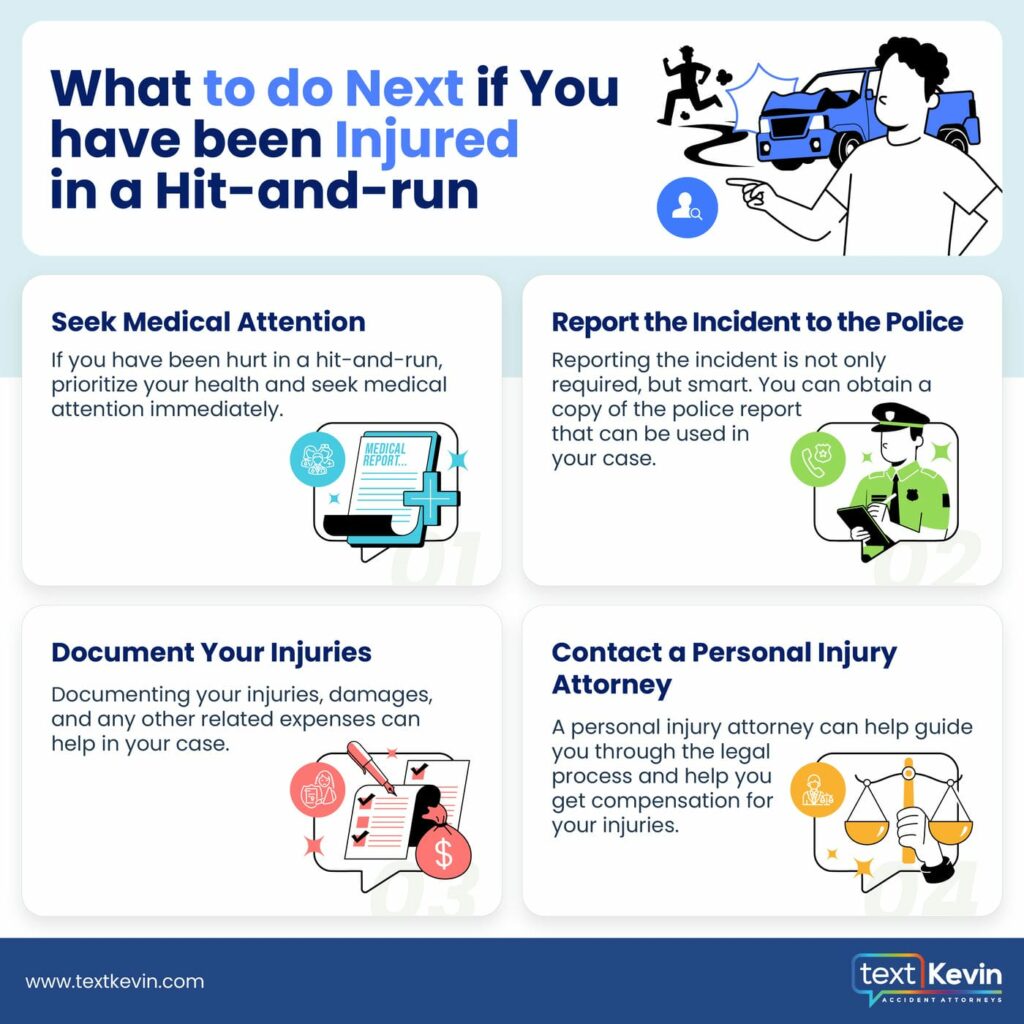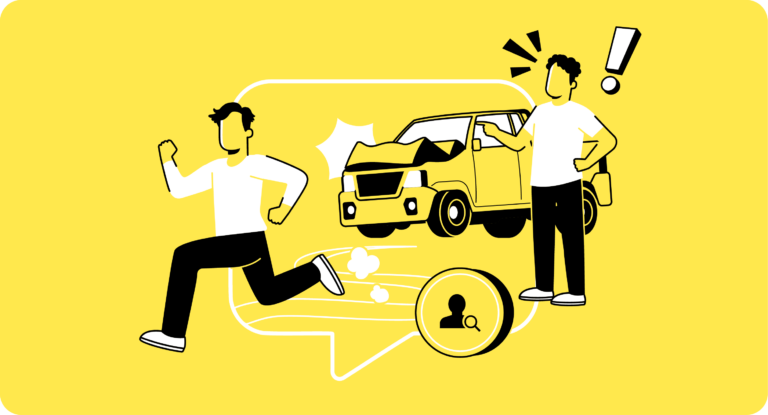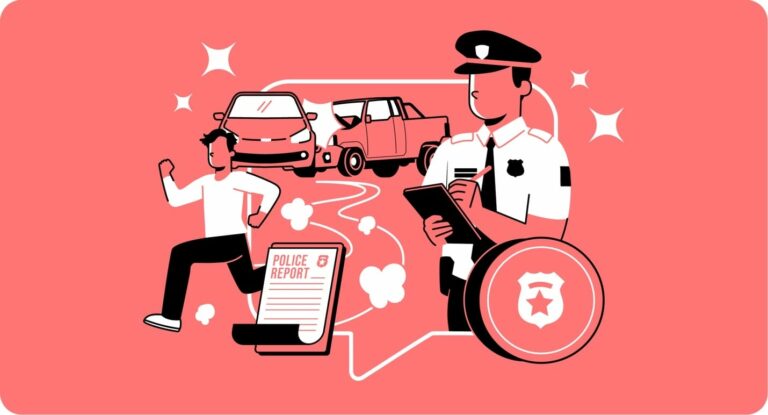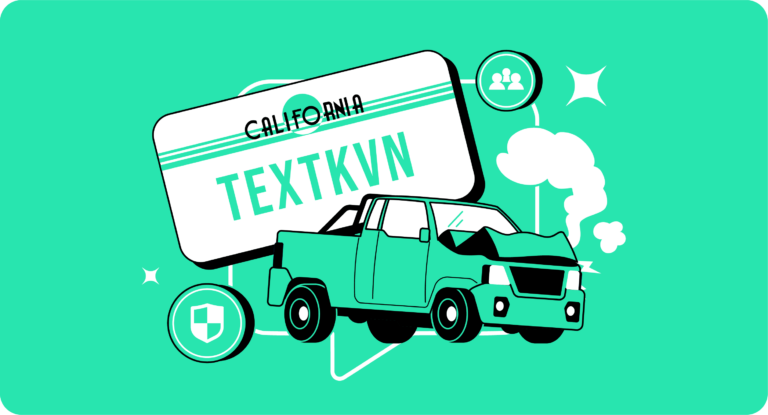Experiencing a hit-and-run can leave you feeling uneasy. It mixes frustration, confusion, and concern. At Crockett Law Group, we get it. Our California car accident lawyers are here to guide and support you.
What Should You Know About Hit-and-Run Accidents in California?
Have you ever wondered what happens when a driver leaves the scene of an accident in California without sharing their contact or insurance information? This is known as a hit-and-run incident.
Sadly, these kinds of accidents are becoming more common, with an increase in both fatal and non-fatal crashes reported in recent years. California had the highest percentage of deadly crashes involving hit-and-runs between 2012 and 2021, with a rate of 10.1%. Over this period, hit-and-runs were cited in 3,348 out of 33,252 fatal crashes in the state.
In California, the law is very clear about what drivers must do if they are involved in an accident.
According to Section 20002 of the California Vehicle Code, anyone involved in a crash must stop their vehicle at the nearest safe location without blocking traffic. They are required to give their name, address, and vehicle registration number to the other person involved in the accident. If the other driver asks, they must also show their driver’s license and vehicle insurance information. Furthermore, if someone is hurt in an accident, the law says you must help them get medical attention if it’s needed.
California’s Hit-and-Run Laws and Penalties
In California, if someone is involved in a car accident, the law requires them to stop, share their information, and help anyone who might be hurt. This is what responsible drivers do. However, not everyone follows these rules. When a driver leaves the scene of an accident without doing these things, it’s called a hit-and-run. California has specific laws to handle these situations and punish those who don’t follow the rules.
According to the California Vehicle Code, the penalties for hit-and-run depend on the outcome of the accident:
- Property Damage (California Vehicle Code Section 20002): If the accident only damages property, like another car or a fence, and the driver leaves, they can face up to six months in jail and have to pay a fine that could be as much as $1,000.
- Injuries (California Vehicle Code Section 20001): If the accident causes injuries to people, the situation is more serious. The driver who fled could spend up to one year in jail if the court treats it as a misdemeanor. If it’s treated as a felony, which is more severe, they could be looking at up to four years in prison. The fine can be between $1,000 and $10,000, depending on how serious the injuries are.
- Deaths or Serious Injuries: For the most serious cases, where someone dies or gets very badly hurt, the law is even tougher. The driver who left the scene could be sentenced to prison for two to four years and might have to pay a fine of up to $10,000.
It’s also important for victims to know about insurance in these cases. In California, if you can’t find the driver who hit you, your uninsured motorist insurance might not cover the damage to your car.
Note
This is why having more than the minimum insurance, like collision or comprehensive coverage, can be very important. It helps to make sure you’re covered even if the other driver cannot be found.
Steps to Take After a Hit-and-Run
Being involved in a hit-and-run can be a confusing and stressful experience. However, knowing the right steps to take immediately afterward can help you manage the situation more effectively. Here’s what you should do:
Ensure Safety
If the accident happens on a busy road, your first priority is to move to a safe spot. This helps avoid any further accidents and ensures your safety and that of your passengers.
Once you’re in a safe location, check yourself and any passengers for injuries. Even if the injuries seem minor, it’s important to take them seriously.
If there are any injuries, call for medical help right away. Some injuries might not be obvious immediately but could be serious.
Report the Incident
Report the incident to the police as soon as possible. They can file a report on the hit-and-run, which is necessary for your insurance claim and any legal actions.
Tip
When the police arrive, give them as much information as you can about the other vehicle and what happened. This includes the car’s color, make, model, and any part of the license plate number you remember.
Gather Evidence
Use your phone to take pictures of the damage to your vehicle and any other relevant details at the scene. Photos can help your insurance claim and any investigations.
If there are people around who saw what happened, ask them to stay until the police arrive so they can give their statements. If they must leave, get their contact information.
Write down everything you remember about the accident as soon as you can. Details can become fuzzy later, so this ensures you have a clear record of what happened.
Notify Your Insurer
Call your insurance company to report the hit-and-run as soon as possible. They’ll need to know about the incident to start the claims process.
Pro Tip
Ask about your insurance coverage details. If your policy allows, you may have coverage for hit-and-run accidents. This could fall under collision or uninsured motorist coverage.
Your insurer will guide you through the process of filing a claim. They might ask for the police report number, photos of the damage, and any other evidence you’ve collected.
Contact Crockett Law Group in California to seek justice and file your insurance claim for hit-and-run damages.

Insurance Coverage for Hit-and-Runs
Dealing with a hit-and-run? Figuring out insurance coverage? It’s confusing. Here’s a closer look at how different types of insurance coverage can play a role in these situations.
Liability Coverage
In California, every driver is required to have liability insurance. This type of insurance is designed to cover damages or injuries you cause to others in an accident. However, it’s important to understand that liability coverage does not extend to damages to your own vehicle in the event of a hit-and-run. This means you cannot rely on liability insurance alone to cover the costs of repairing or replacing your car if someone else hits it and then leaves the scene.
Collision Coverage
Collision coverage is an optional insurance policy that can be extremely beneficial in hit-and-run scenarios. This type of coverage is designed to pay for repairs to your vehicle after an accident, regardless of who was at fault. If the other driver cannot be found, as is the case with most hit-and-runs, collision coverage ensures you are not left to pay for the repairs out of pocket. Keep in mind that you’ll likely have to pay a deductible before your insurance covers the rest of the costs.
Uninsured Motorist Coverage
Another optional but highly recommended type of insurance is uninsured motorist coverage. This policy extends to situations where the at-fault driver does not have insurance or, as in the case of a hit-and-run, cannot be identified. Uninsured motorist coverage can help cover medical expenses and, in some policies, may even cover damages to your vehicle.
Medical Payments Coverage
Medical payments coverage, known as “MedPay,” helps pay medical bills. It covers you and your passengers. It works regardless of fault.
In a hit-and-run, it can help pay for for injuries. MedPay includes hospital visits, doctor’s appointments, and more. It covers costs up to your policy limit.
Personal Injury Protection
Personal Injury Protection (PIP) is similar to MedPay but more comprehensive. It can cover medical expenses, lost wages, and other non-medical costs that result from an accident. Like MedPay, PIP is designed to be effective regardless of fault, making it an important consideration for coverage in a hit-and-run scenario.
Frequently Asked Questions for Victims Seeking Legal Help After a Hit-and-Run in California
What Legal Recourse Do I Have as a Hit-and-Run Victim in California?
If you were hit by a car in California, you can sue the driver if they can be found. You might get money for medical bills, car repairs, lost wages, and pain.
In California, hit-and-run drivers can face fines and jail time. A personal injury lawyer can assist you in seeking compensation.
What Should I Do Next If I’ve Been Injured in a Hit-and-Run in California?
If you’re hurt in a hit-and-run, act quickly to protect your health and rights. After seeking medical attention, consider the following:
- Report the incident to the police and obtain a copy of the police report.
- Document your injuries, damages, and any expenses related to the incident.
- Contact Crockett Law Group for a free consultation to discuss your case. Our team can guide you on the best course of action and help you understand your options for seeking justice and compensation.
You’re not alone in this time. Crockett Law Group are here to fight for your rightful compensation.
Choosing Crockett Law Group
At Crockett Law Group, we focus on personal injury law. Kevin Crockett, our founder, will provide you with personalized legal help.
Our goal is to bring hope and seek justice for your damages. Our more than 30 awards and honors show our commitment. We are here to support you after a hit-and-run.
You can text (888) 965-3827 for help with compensation and closure.










